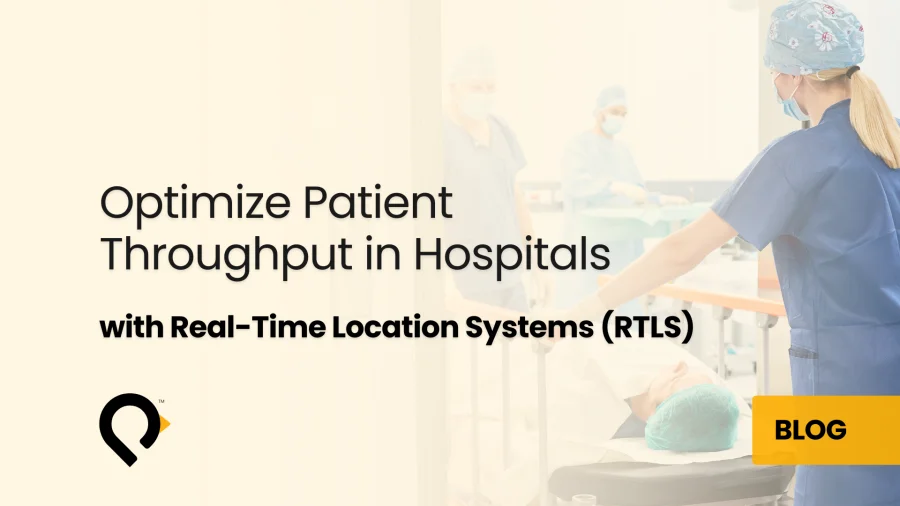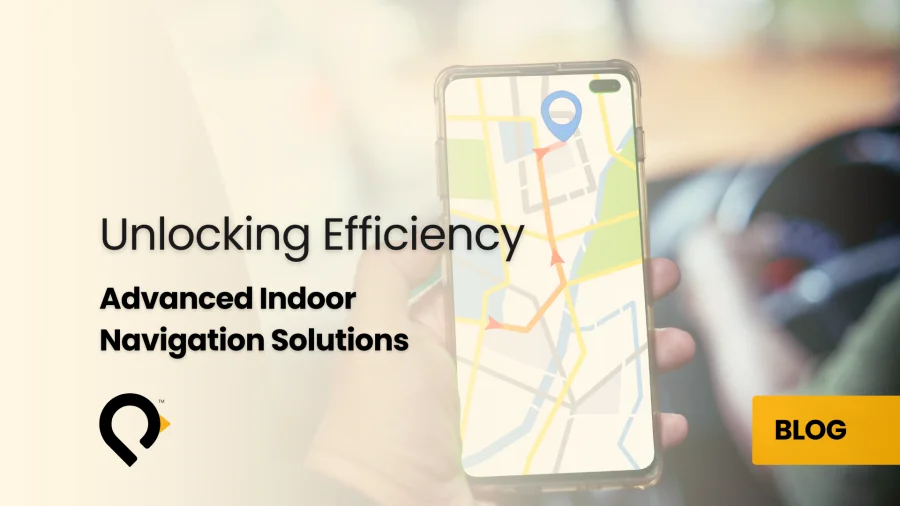Penguin Location Services: 2024 RTLS Innovation and Growth Review
As the year comes to a close, we’re taking a moment to reflect on the incredible milestones we’ve reached in partnership with our clients. At Penguin Location Services, we’ve always aimed to go beyond delivering location tracking solutions. Instead, we strive to make a real difference by solving meaningful indoor navigation technology challenges. This year, our RTLS technology journey has taken us farther and deeper into this mission than ever before.
Delivering Location Solutions That Matter
2024 has been a year of RTLS innovation and growth, driven by the needs of our clients. Here are a few highlights:
Expanded Indoor Navigation Technology Coverage
We’re proud to have extended our indoor navigation solutions to cover over 15 million square feet. Moreover, we’ve moved beyond traditional indoor positioning systems to include campus-wide location capabilities. As a result, this growth allows our clients to offer seamless wayfinding experiences that truly enhance user satisfaction through smart building technology.
New RTLS Offerings to Meet Emerging Needs
In response to client feedback, we introduced several innovative solutions. Specifically, we launched digital wayfinding kiosks, workforce safety tracking solutions, and hand-hygiene compliance monitoring tools. Furthermore, these location-based services reflect our commitment to evolving alongside our clients. Consequently, they help address the operational efficiency challenges they face daily.
Global RTLS Reach, Local Impact
This year, we strengthened our ability to deliver meaningful location intelligence results. Additionally, we expanded our global presence significantly:
International Expansion Achievements:
First, by serving RTLS clients across four continents, we demonstrated our capacity to adapt to diverse facility management environments and indoor tracking challenges.
Second, with new location services offices established in five countries, we’re now closer to our clients than ever before. Therefore, we can provide localized RTLS support and ensure smooth indoor positioning project implementation.
Raising the Bar in Location Technology
Our clients rely on us to innovate in real-time location systems. Impressively, in 2024, we delivered groundbreaking advancements. We developed the world’s most accurate Bluetooth-based, sub-meter, room-level RTLS solution. Thus, we’re setting a new standard in our indoor positioning industry. This BLE tracking advancement enables us to address critical location accuracy pain points with precision and reliability.
One client shared that we’ve “restored [their] faith in BLE as an RTLS technology.” Undoubtedly, this recognition inspires us to continue raising the location tracking standards.
A Partnership-Driven RTLS Approach
Our location services clients are at the heart of everything we do. Their trust and collaboration push us to innovate, refine, and deliver indoor navigation systems that matter. This year has reinforced the power of technology partnerships. Moreover, it has highlighted the shared commitment to achieving great operational outcomes.
To our clients: thank you for trusting us with your location tracking challenges. Also, thank you for allowing us to be part of your digital transformation journey. Your successes inspire us every day.
Looking Ahead to 2025: RTLS Innovation Continues
As we step into 2025, we’re excited about what lies ahead in location services technology. We’re ready to tackle new indoor positioning challenges. In addition, we plan to deepen our RTLS collaborations and continue driving location intelligence innovation that makes a difference.
To the Penguin Location Services team: thank you for your dedication, resilience, and hard work in advancing real-time location systems. Enjoy your well-deserved time off this season. Indeed, we have another exciting year of RTLS innovation ahead!
Here’s to building on this year’s location technology momentum and achieving even greater things together.






